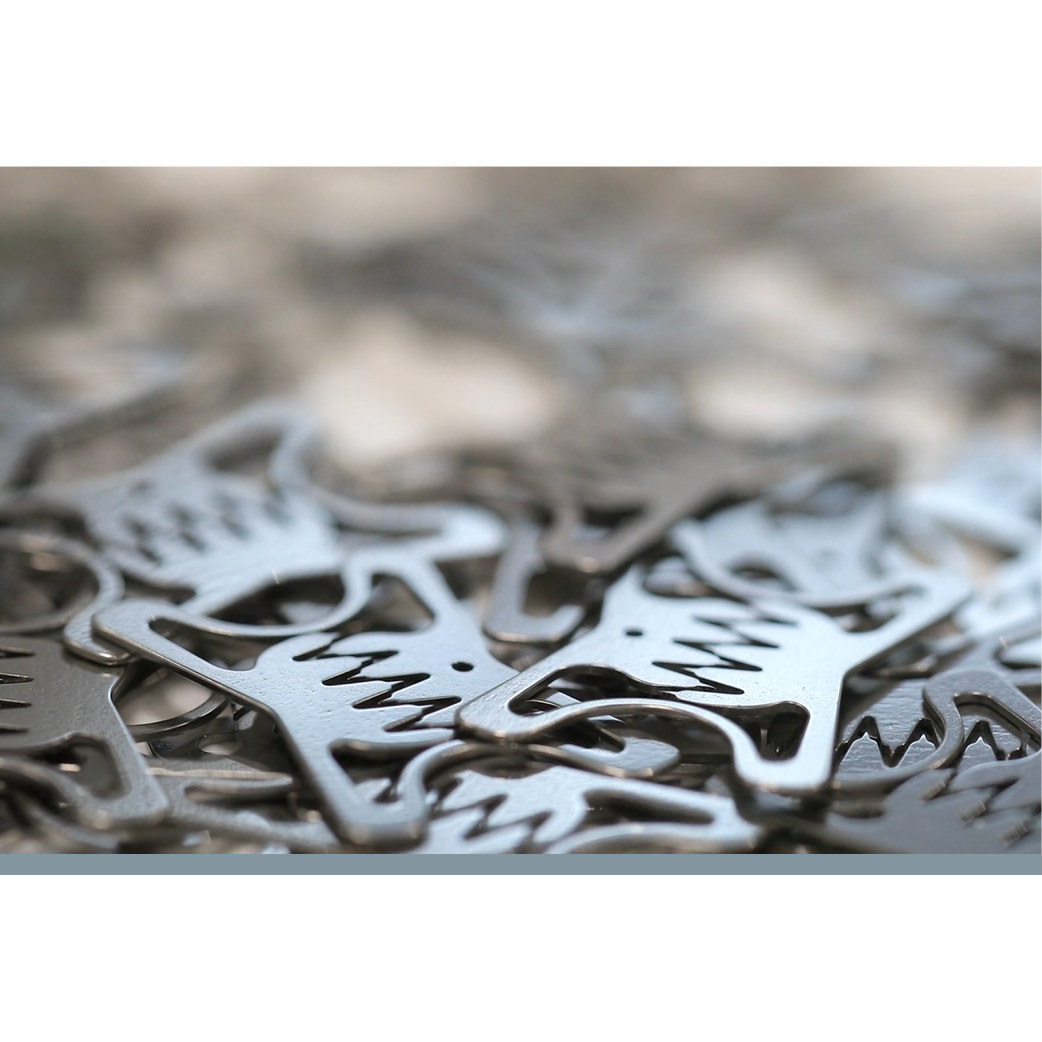OTSC®: AGA Clinical Practice Update recommends OTSC® and stentfix OTSC®
The guideline recommends first-line OTSC® therapy for esophageal perforation 1 – 2 cm in size, gastric perforations 1 – 3 cm in size, <13 mm type 1 duodenal perforations and certain colonic perforations. In case of a necessary SEMS placement in the esophagus the fixation with the stentfix OTSC® is recommended to prevent migration.
The first closure method mentioned and recommended is the OTSC in closing perforations 1 – 2 cm in size in the esophagus. The guideline summarizes a systematic review by Bartell et al, which reported that perforations managed with the OTSC System had a clinical success rate of 85.3 % (399/468), with failure mainly from defects larger than 2 cm and closing attempts more than 72 hours after perforation.
When the size of the tear is too large and primary closure cannot be achieved, then placement of a fully covered SEMS to divert the flow of bowel contents and seal the perforation to allow for closure by secondary intention is recommended. An additional placement of the stentfix OTSC at the proximal end to prevent migration is recommended.
For gastric perforations smaller than 1 cm, the guideline describes conventional clips as therapy. For defects 1 – 3 cm in size, the OTSC is recommended and declared preferable to conventional clips. To ensure the defect is adequately covered by the OTSC, the OTSC Twin Grasper can be used. In case of inadvertent capture of structures beyond the gastrointestinal wall, the remOVE System must be used for removal of the deployed OTSC.
For early endoscopic closure of small type 1 duodenal perforations (<13 mm), conventional clips, OTSC, band ligation, and endoloops can be successful. If closure fails, salvage surgical intervention is necessary. For type 2 duodenal perforations, placement of a covered SEMS into the bile duct across the ampulla is recommended.
Perforations in the colon such as large tears or delayed perforations with peritoneal signs should be surgically managed. For intra-procedural perforations in stable patients with a clean perforation site without spillage of colonic contents into the peritoneum, endoscopic closure by TTS clips, OTSC, or endoscopic suturing should be attempted. For a perforation in the cecum TTS clips are the recommended option in the guideline.
AGA Clinical Practice Update on Endoscopic Management of Perforations in Gastrointestinal Tract: Expert Review
Lee JH, Kedia P, Stavropoulos SN, Carr-Locke D.
Clinical Gastroenterology and Hepatology 2021;19:2252–2261
DOI: 10.1016/j.cgh.2021.06.045
 |


 English
English  Français
Français 